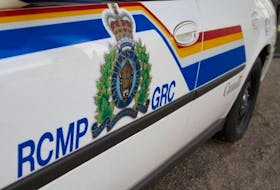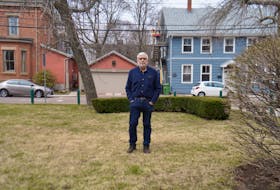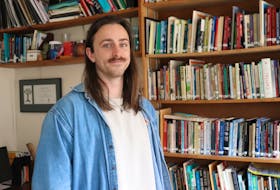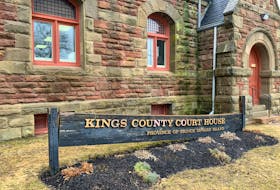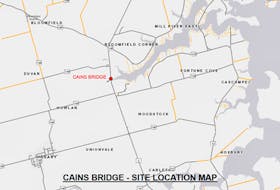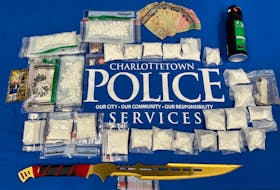
SUMMERSIDE - With squeegee, shaving cream, clipboard and camera in hand, Art Lockhart jumps into his motor home and heads out to a local cemetery.
They're tools the retired Summerside businessman uses to record gravestones throughout Prince County.
"At my age, I'm finding out that it is very important to be remembered," said the 72-year-old. "I want to be remembered so I want to see others remembered."
It's a hobby for Lockhart and wife Miriam, although their photos are being used by MacNaught History Centre and Archives on its website, www.peiancestry.com.
"Last year I was searching for some family history and I went into the MacNaught House and met Fred Horne," said Art, explaining how he got started. "I looked at the website and at the work that had been done and I was critical. Fred said if you don't like it, do it yourself. That was a challenge for me to do it."
This spring the Lockharts started photographing gravestones in all Summerside and area cemeteries, moving west to visit cemeteries as far as Portage. Now the emphasis is on communities east of the western city with a plan to visit cemeteries as far as Hunter River by late fall.
"There are 55 cemeteries in this year's project," said Art. "This camera has taken over 10,000 photographs so far this summer. We have another 10,000 to 15,000 in the fall. There's about 23,000 on the website now."
Armed with P.E.I. Genealogy Society transcripts, the Lockharts board their motor home almost daily to visit cemeteries, often spending four-to-10 hours daily snapping photos.
"We start and we photograph and number each one. Each one is numbered according to the genealogy society so they can cross-reference," explained Art. "If there is a new stone that has been added since their last survey we can add that in."
Some headstones date back to the late 1700s. Writing on many is illegible.
Art soon found a way to solve that problem. Using a brush, a stone is scrubbed down before he applies something unusual.
"I use shaving cream. I put the shaving cream on and squeegee it off," he explained. "The beauty of the shaving cream is that is dissipates within a few hours and it is gone."
It temporarily fills in carved lettering, allowing names, dates and other information to appear in photos.
"One man in Cap-Egmont told me that he worked in the cemetery for over 20 years and never saw the names on a stone. He said nobody will ever see the again once we were gone. I said, yes, they will, the pictures will be stored in MacNaught House and be on the web."
Unfortunately, there's often no way to record those who lie in unmarked graves. There are many such graves found throughout Prince County.
"It is sad to see them."
Art doesn't see his hobby as being morbid. In fact, he's learned a great deal about his own family in doing the project.
"I've got my ancestors right back to Scotland. Not only have I found their stones, but I had their stones cleaned and straightened."
He's also uncovered interesting coincidences and stories through his work, like a mother and four children who died in a fire, three children from the same family who died within a month of each other from the flu in 1918 and a man who lost his wife and child, remarried and unfortunately lost his second wife.
"It's not sad because we are all going to end up in one of these someday."
Fred Horne, archivist at MacNaught History Centre and Archives, called the Lockharts' work invaluable.
"For us, it is a godsend to have volunteers who are willing to do this, interested in this and doing a wonderful job of it," said Horne. "Having the photos is very valuable because you get to see what's there."
Art has even enlisted the help of other photographers, asking them for copies of photos they've captured of headstones. He's willing to train others who are interested in helping him with the project.
Art admits to having an eerie encounter or two in some graveyards, although he wouldn't elaborate. But, in the end, he feels those who lie beneath the ground would appreciate being remembered.
"I'm on good terms with everybody in these cemeteries. Everybody down there appreciates that I am recording their records."

